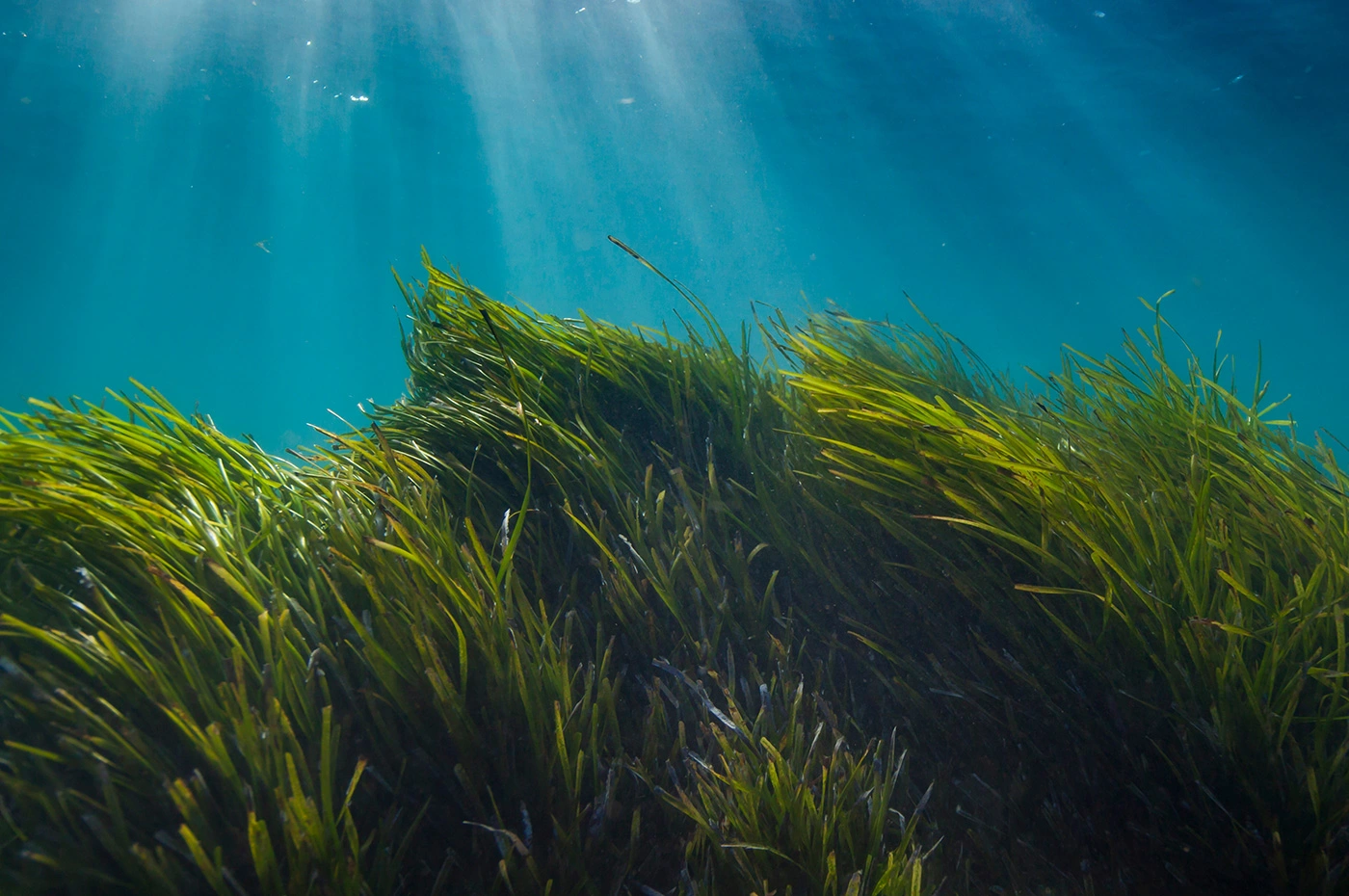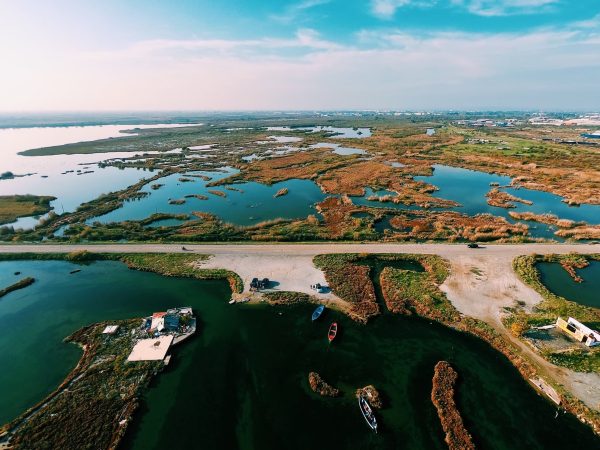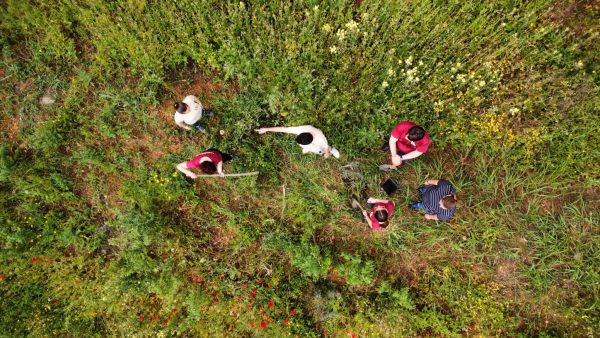
What is the Nature Restoration Law?
We take a closer look at one of the most difficult-to-pass initiatives within the European Green Deal: the Nature Restoration Law
The Nature Restoration Law is a European regulation approved in 2024, aiming to ensure the necessary actions and initiatives to repair damaged ecosystems and biodiversity within the European Union.
The bill was proposed by the European Commission, which is responsible for proposing laws in the EU. It was then passed to the European Parliament, where members from different countries have to debate the proposals to decide whether to approve them and with what modifications. This law in particular was debated for a really long time (nearly two years) and it was finally approved by a narrow margin in February 2024.
The bill faced significant opposition from the European People’s Party and entities representing large agricultural businesses, who raised concerns about the potential economic impact on the primary sector. Ultimately, the project was approved in a version that was considerably softened compared to the original proposal.
From the opposition, a “safety brake” was introduced to the law, which allows for temporarily halting its objectives in extraordinary circumstances, such as if farmers’ ability to produce enough food is compromised.
What the Nature Restoration Law Consists Of
This law is proposed and approved within the framework of the European Green Deal, which we have previously explained on this blog. Its goal is to ensure the recovery of damaged habitats in the EU, particularly those that offer the greatest ecosystem services, such as carbon sequestration, like wetlands, riparian forests, and seagrass meadows. It also includes species that contribute to natural balances, such as pollinators (bees, butterflies, ants, bumblebees, hummingbirds, etc.), which are crucial for food production, among other things.
The law proposes recovering at least 30% of damaged ecosystems within the next five years, with the aim of having 90% of ecosystems restored by 2050. These targets are set in relation to the obligations that EU member states assume upon approval of this law. They must develop national plans to meet their part (in Spain, the foundations of the national plan on the National Strategy for Green Infrastructure and Ecological Connectivity and Restoration of 2021 are currently being established).
The concerns raised by this law are mostly related to economic arguments, positions from parliamentary groups that still do not prioritize the climate urgency, and the fear that protecting natural spaces will prevent the agricultural sector from growing enough food to supply the population of the European Union (hence the “safety brake” mentioned earlier)
An Initiative Backed by the Scientific Community
In May 2023, over 6,000 scientists from around the world signed a statement of support for the bill. In the document, they explain that the measure would expand actions already being carried out (and which were already recognized as necessary), such as the renaturalization of spaces, tree replanting, or the greening of cities and infrastructures.
The letter also includes scientifically proven facts that directly address the concerns we mentioned earlier. Specifically:
Restoration (of nature) does not hinder economic activity
It is estimated that for every euro invested in ecosystem restoration, there is a return of between 8 and 38 euros in economic value, due to the ecosystem services that support our health, food security, and climate resilience, among other things.
Restoration improves food security
Contrary to the arguments made by the more conservative sectors of the European Parliament, the scientific community explains that intensive livestock farming is the greatest threat to European pollinators, which are responsible for the reproduction of most plants. Without pollinators, we would soon lose most fruit, berry, vegetable, and crop production. We would also be without cocoa, cotton, nuts, honey, and coffee. Without tobacco, too, by the way.
Restoration and protection are not the same thing
Restoring an area or ecosystem does not necessarily mean that the area becomes a protected zone. For example, green cities would never be considered protected areas, but they would be restored. Opponents of the law fear that the livestock and agricultural industries will run out of spaces to carry out their activities, but scientific evidence points to the opposite.
The cost of suffering the consequences of climate change is far higher than the cost of trying to reverse them
Contrary to popular belief, investing public or private funds in restoring nature saves us money in the future. Our ecosystems provide a vast number of services we need to live, and we take them for granted because nature provides them for free. However, if we do not take drastic action and support initiatives that contribute to ecosystem restoration, this will no longer be the case: nature will stop using its mechanisms, and we will immediately feel the consequences, which will be an unaffordable cost.












